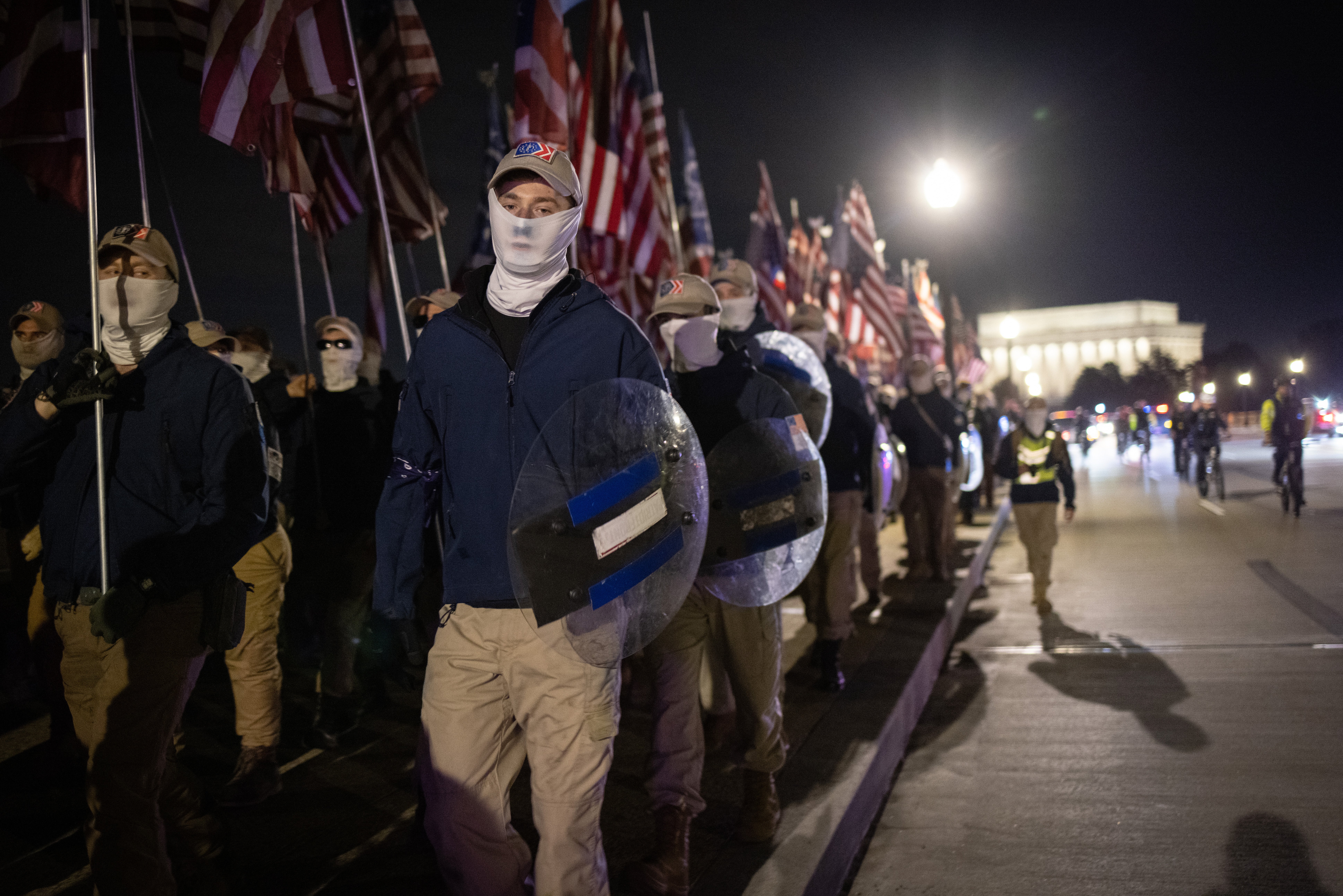Why do we treat white supremacists differently to Islamist extremists?
We need to ask why some men get radicalised, regardless of their race or religion


A week after the horrific Uvalde shooting – where a young man targeted and murdered his fellow Americans – Texas governor Greg Abbott described him as “the sheer face of evil.” It’s hard to disagree. Yet, calling Salvador Ramos the sheer face of evil doesn’t explain why such acts take place.
Merely a few days before this shooting, another 18-year-old, Payton Gendron, murdered ten black Americans. Both atrocities were committed by two young men in America, but the ideological nucleus behind Gendron’s violence bore more resemblance to the Christchurch terrorist Brenton Tarrant, who murdered Muslims in New Zealand in 2019.
There are growing concerns that an increasing number of white supremacists are committing violence, or plotting to do so, against minorities. Many people subscribe to the idea that white people are being replaced by mass immigration in a deliberate ploy engineered by liberal elites. Both Gendron and Tarrant believed in the Great Replacement conspiracy theory and both were radicalised by online white extremist material. In fact, Tarrant was one of Gendron’s inspirations.
Perhaps the most fundamental aspect of their lives that deserves greater understanding is their upbringing and childhood. The negligible presence of friendships, social connections and family in their lives are an understated factor behind what turns their disillusionment into murderous violence.
In both the case of Gendron and Tarrant, what was reported were unhappy childhoods marked by absence of friendships and a social isolation that they themselves were acutely aware of.
Yet, if you try discussing this online, you are attacked for humanising white supremacists and showing sympathy for its ideology, instead of the victims. Some claim that the narrative must focus solely around how the media and other national institutions produce hateful viewpoints that normalise white supremacy, which is gradually absorbed by many young men.
That is important too, but it doesn’t explain why some young white men succumb to radicalisation. Why are some being ensnared by far-right movements while most are not?
Our response to white supremacists is markedly different to Islamist radicalisation, on both sides of the political spectrum. When it comes to Islamists, many left-wing commentators are suddenly very understanding of how young Muslims start their journey to radicalisation. For years we were told that the wars in Afghanistan and Iraq were responsible for driving Islamist extremism, that the west was paying the price for its foreign policy disasters.
The opposite applies to white supremacists. Left-wing commentators aren’t interested in their journey to extremism, but right-wing commentators are. However, blaming Islamist violence on foreign policy is no different to blaming a white supremacist attack on Islamist violence.
Islamist ideology believes that Jews are the enemy, gays are to be killed and that non-Muslims can never be trusted. It isn’t that different from white supremacism. Both ideologies draw young, disillusioned young men, because they want belonging and identity. Many progressive commentators rightly understood this about Islamists. But now they cannot bring themselves to apply the same understanding to socially isolated young white males.
To keep up to speed with all the latest opinions and comment, sign up to our free weekly Voices Dispatches newsletter by clicking here
Trying to understand what is drawing disenfranchised white men to these movements does not mean people are sympathising or even humanising them. It just means people are searching for answers on how to stop more atrocities. Otherwise we are stuck in an unending loop of discovering that an angry young white male has purchased a gun and violently played out his darkest thoughts. We will continue counting the cost of not trying to fix this problem because we were too afraid to be seen as humanising them.
Our attempts at understanding why some men become drawn to violence has become deeply influenced by the politics of the perpetrator. That is counterproductive to understanding the problem.
Unless you believe that everyone is born violent and evil, it’s a natural assumption that something drives people into dark places. Is it not worth shining a light on this and stopping it as much as we can?
This article was amended on 7 June 2022 to remove references to Salvador Ramos and the shooting in Uvalde in the context of it being related to white supremacy. The motives for that incident have not been established.

Join our commenting forum
Join thought-provoking conversations, follow other Independent readers and see their replies